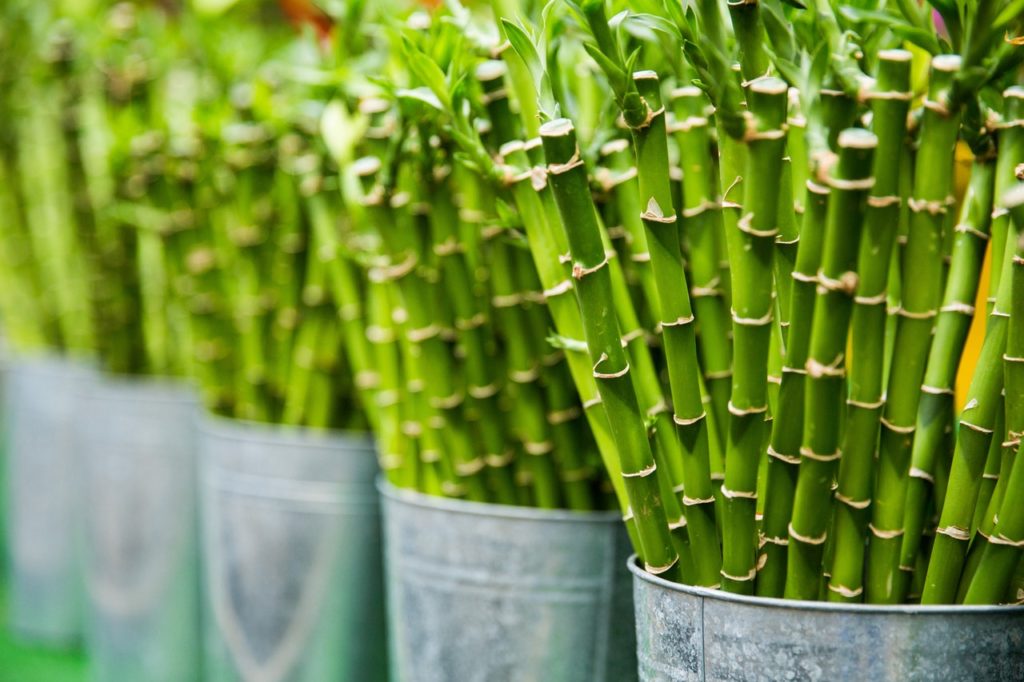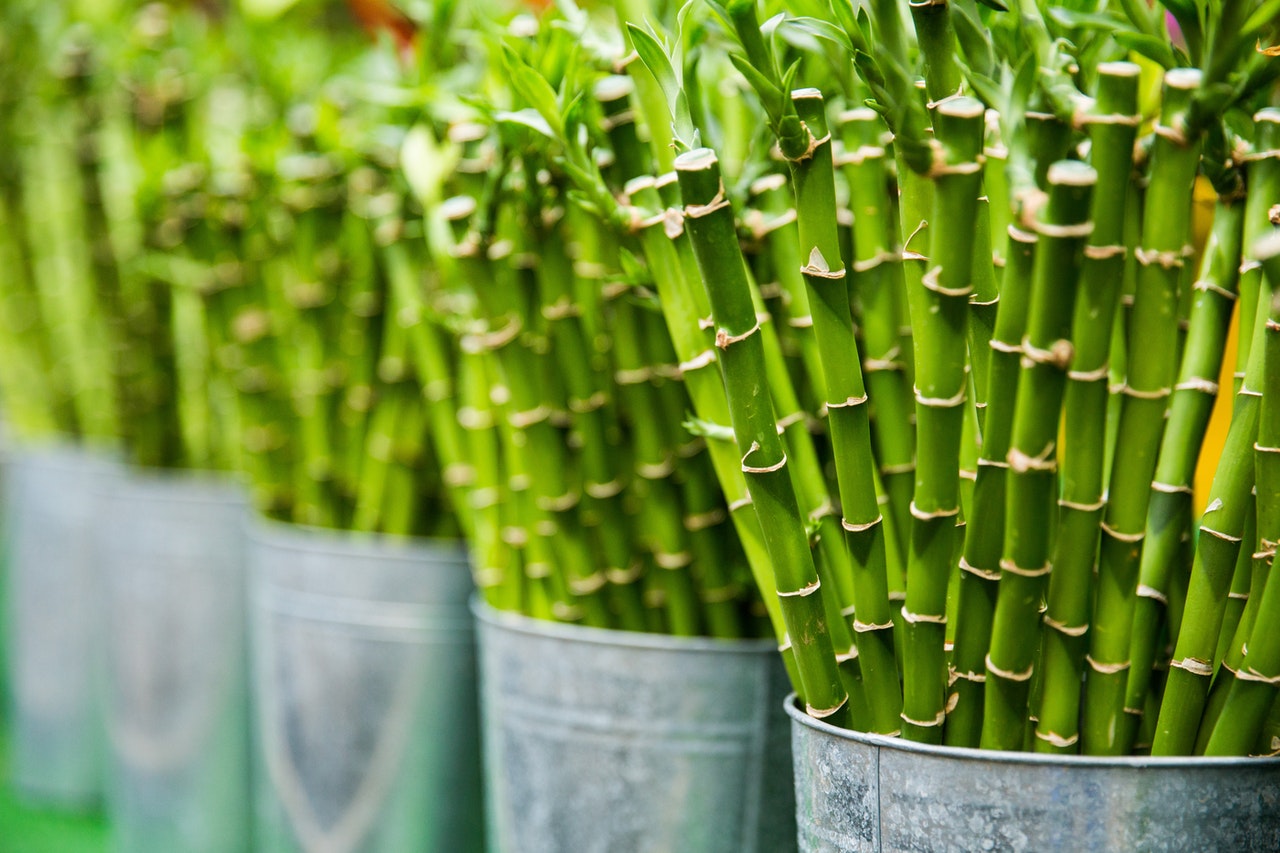
I learned this today. Thomas Edison used thin strips of bamboo in his early light bulbs because carbonized bamboo has a very high electrical resistance.
When Edison started trying to improve the light bulb, there were two basic forms of light available: arc lights and incandescent lights.
An arc light is one that makes light with a spark. There are two carbon rods in the light. When an electric current is applied, a spark jumps between the two carbon rods. It gets extremely hot, and the carbon is vaporized, giving off a very bright light. Arc lamps are incredibly bright and were used for early street lighting. The trouble is, they can reach over a thousand degrees Celsius and were a potential fire hazard. They would also burn out and had to be replaced incredibly quickly.
An incandescent light creates light by using electricity to heat a thin strip of metal called the filament until it glows. Every metal has a certain amount of electrical resistance. This is how strongly the material opposes the flow of an electric current. Silver has the lowest electrical resistance of all metals, which means electricity flows through it very easily. Nichrome (an alloy of nickel and chromium) has a very high electrical resistance, which means that electricity has to really struggle to get through it. As the current passes through, some of the electrons collide with atoms and this generates heat. The more collisions there are, the more heat there is. This is why nichrome is used as the heating element in toasters.
In the incandescent light, electricity is passed through the filament, which gets hot and starts to glow. It has to be kept in a vacuum so that it cannot burn up in the oxygen. That is why light bulbs are vacuums.
When Edison was working on his light bulb in 1878, he needed to find a suitable filament. He had to find something that had a high resistance but wasn’t too thick. If the wire was too thick it would require a lot of electricity which would raise the price of the light bulb. It had to be able to last for a long time. Most materials burned up very quickly. And, most importantly to Edison, it had to be something that could be mass produced.
Edison tested thousands of materials to find a suitable filament. He finally found that a carbonized cotton thread seemed to work. It was thin, cheap, and it burned for 14 hours, which was the longest he had managed. He decided to try other carbonized filaments and started hunting. He estimated that he tested over 6,000 types of plant and vegetable.
William H. Moore, one of Edison’s workers, sent him some bamboo from Kyoto, Japan. Edison discovered that the carbonized bamboo threads were the best filament yet.
The bamboo thread was bent into a filament shape, covered with powdered carbon, and heated in a furnace for several hours. Once cooled, the carbonized bamboo lasted in Edison’s light bulb for over 1,200 hours.
One problem that Edison came across was that a thread of bamboo could only ever be as long as the distance between two of the joints in the bamboo cane. This put a limit on the length the filament could be and the brightness of the lamp. Edison’s light bulbs were probably a little brighter than a candle, but not much brighter.
Edison started to mass produce his light bulbs and roll out his electric network. All thanks to carbonized bamboo.
As inventors do, people kept tinkering with the carbonized filament. In 1904, Sandor Just and Franjo Hanaman invented the tungsten filament. This burned brighter and lasted longer than any carbon filament.
The main problem with any incandescent light is that 95% of the power it uses is converted into heat, which is obviously a waste if you are trying to make light. Halogen lights were an improvement. They used a tungsten filament, and some iodine gas was added in the light bulb. However, they still weren’t very efficient. Fluorescent lights are more efficient and LED lights far more so. LED light bulbs use 85% less energy than an incandescent light bulb and they last 25 times as long.
The day of the incandescent light has probably come and gone, but we wouldn’t be where we are if it wasn’t for Edison and the carbonized bamboo thread that he used as a filament in one of his first light bulbs. And this is what I learned today.
Photo by Toni Cuenca from Pexels
Sources
https://www.amusingplanet.com/2019/05/how-japanese-bamboo-helped-edison-make.html
https://www.fi.edu/history-resources/edisons-lightbulb
https://sciencing.com/thomas-edisons-light-bulb-work-4914923.html
https://edisontechcenter.org/ArcLamps.html
https://www.thoughtco.com/table-of-electrical-resistivity-conductivity-608499
https://nationalmaglab.org/education/magnet-academy/watch-play/interactive/heat-resistance
https://en.wikipedia.org/wiki/Incandescent_light_bulb

